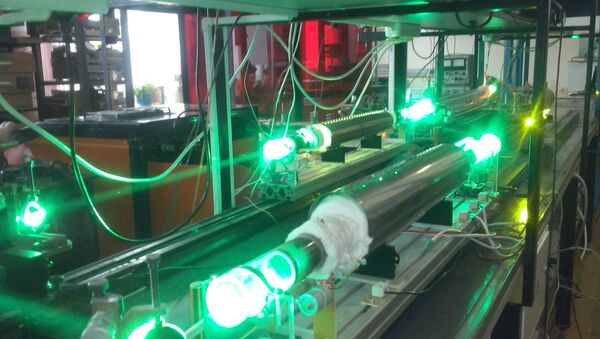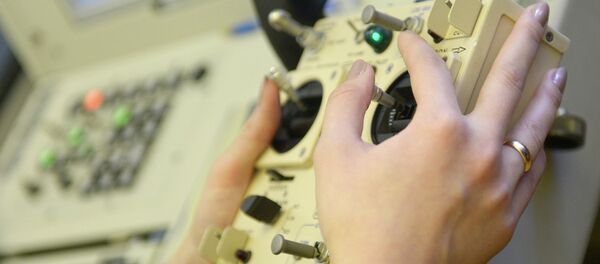Scientists at Tomsk State University told the Siberian Times that their new strontium-vapor laser can operate at a dozen of different wavelengths, most notably at 6.45 microns, which is the optimum range for cutting bone and live tissue.
Vapor lasers work by vaporizing metals at an extremely high temperature. Anatoly Soldatov, the head of the Innovative Technologies Department at Tomsk University said their technology was unique in that it could be adjusted to various wavelengths, making it the world's first multi-use metal-vapor laser that can be applied to both science and hi-tech.
According to the Russian scientists, Samsung was impressed by the sample cuts Tomsk University sent them.
"An electronic microscope study showed that the number of imperfections [when cutting glass with a strontium laser] is a hundred times less than when cutting with a carbon dioxide laser," Soldatov told the Siberian outlet.
The scientists are currently working to optimize the laser by shortening its pulse duration to just a few nanoseconds. This will increase the energy density, making the laser even more powerful, scientists said.





